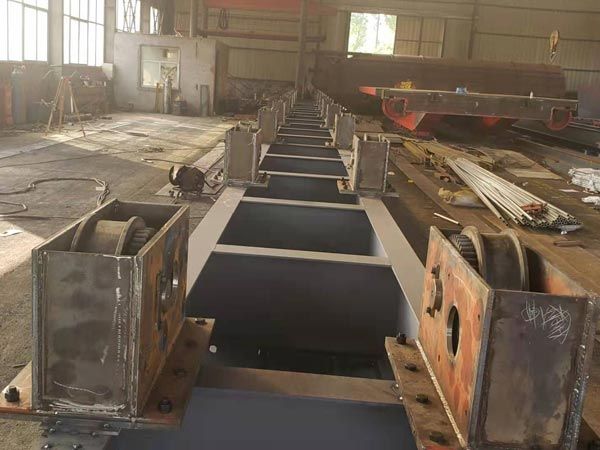
Prefabricated pedestal
Analysis of the advantages and disadvantages of streamlined production beam factories and traditional beam yards
1、 Research purpose, purpose, and significance of constructing a streamlined production beam factory
Bridges are an important component of railway lines. Whenever there are significant changes in transportation vehicles, new requirements are put forward for bridges in terms of load capacity, span, etc., which promotes the development of bridge engineering technology. Previously, the materials used for building bridges were mainly stone and wood. In the long years, the practice of building bridges has accumulated rich experience, and the materials used in bridges have been replaced by concrete structures and steel structures. With the progress of society and the trend of economic development, the number of bridges has significantly increased. The sustainable and healthy development of China's highway transportation industry relies on the reliable utilization of concrete bridges.
At present, there are countless railway and highway bridge beam factories in China, but they all have the disadvantage of occupying a large area. The main reason for the large footprint is that the number of beam making pedestals needs to meet the cycle from beam making to tensioning, so the quantity is large, the footprint is large, and it does not have the conditions to achieve streamlined operations.
In response to the large land area occupied by the construction of the beam factory, the production of beams cannot achieve assembly line operation, and with the protection of land resources by the country, the principle of minimizing land use is emphasized. After conducting on-site inspections of individual projects, this project has developed a plan for the construction of a beam factory that requires less land, saves resources, and ensures the normal production of concrete beams. To solve the damage to land resources caused by the construction of the beam factory, implement the basic national policy of "cherishing and reasonably utilizing land, effectively protecting arable land" and conserving resources in China, and achieve the production of concrete beams in a streamlined manner, increase overcapacity, and reduce the number of laborers employed.
2、 Overall budget analysis
2.1 Economic Comparison
The main differences between the streamlined production of beams and traditional beam yard production are that the formwork has been changed from the previous construction process of assembling formwork to a hydraulic formwork with integral disassembly and assembly, the concrete pedestal has been changed to a movable steel pedestal, and the winter construction method of steam curing to increase concrete strength, which is only used in the north in winter, has been added. The production of 2500 beams in a traditional beam yard requires a daily output of 6 beams, which requires 12 sets of templates and 60 pedestals, with an equivalent investment of approximately 10000 yuan; The production of 2500 beams (using secondary tensioning technology) by the streamlined production beam factory requires the investment of 6 sets of hydraulic templates, 24 mobile steel pedestals, steam curing and health preservation systems, and the cost of consuming electricity or gas, which needs to be calculated based on actual expenses, resulting in an increase of approximately 10000 yuan in investment. If secondary tensioning technology is not adopted and 7-day tensioning is considered, the production of 6 production lines in a streamlined manner requires the investment of 30 pedestals, which is about 10000 yuan more than the investment of traditional beam factories (mainly considering 4 production lines each equipped with 7 mobile pedestals, and the other two production lines can also see the use of joint pins, and considering the tight schedule of this project, once the temporary construction of the beam factory is completed, the production capacity will be insufficient in the later stage, affecting the schedule. Therefore, two production lines should be considered in advance, and the mobile pedestals can be put into use in the early stage. When the schedule is tight, the pedestals can be put into use after entering the site, so as to be well prepared). The increased costs are mainly reflected in the steel mobile pedestal, integral hydraulic formwork (hydraulic system), steam curing system, and the consumption of electricity. Compared with traditional beam yards, the initial cost investment of streamlined beam factories is relatively large, but the production efficiency is nearly twice that of ordinary processes (if considering the difficulty of local land acquisition and high prices, based on 2500 beam slabs, assembly line production can save 20-40 acres of land compared to traditional production).
2.2 Capacity Comparison
If the secondary tensioning technology is adopted (after 24 hours of steam curing of the box girder, the concrete reaches 75% of the design strength, and the pre tensioning control stress is 0.45fpk), and under the condition of a building area of 140m * 45m, the streamlined production beam factory can construct 6 production lines, each equipped with a set of hydraulic templates, 24 mobile steel pedestals, steam cured for 24 hours for pre tensioning, and the moving beam pedestals continue to be used for turnover. Each production line can guarantee one beam per day, with a monthly production of about 180 beams; If secondary tensioning is not used, the production area of the streamlined beam factory needs to be 280m * 45, with 6 production lines set up. Considering the comprehensive cost, a total of 30 mobile steel pedestals are set up. The 4 normal production lines produce 1 beam per day and 120 beams per month; The traditional beam yard is arranged according to 140 * 45, with 34 pedestals tightly arranged. Considering the requirements for steel bar binding, formwork hoisting, and tensioning time, it can produce about 60-70 pieces of beams per month. Therefore, adopting a streamlined production process for beam factories has increased efficiency by nearly twice compared to traditional beam yards, greatly shortening the prefabrication time of beam pieces, reducing the land use cycle and quantity, as well as the time for equipment such as gantry cranes to be put into use, and shortening the total construction period of bridges.
3、 The advantages of a streamlined production beam factory
Breaking the traditional beam making mode, focusing on "intelligence" and "informatization", practicing the concept of "green road", and configuring intelligent production lines, factory management, and industrial worker manufacturing according to the workshop production standards of modern enterprises, in order to achieve the upgrading and transformation from "field" to "factory", improve the production efficiency of beams, and enhance the quality of prefabricated beam production.
3.1 Mobile steel pedestal
Abandoning traditional concrete fixed pedestals, it overcomes the disadvantages of large footprint and long turnover time of pedestals. The intelligent beam factory adopts modern mobile steel pedestals, which compress the connection time between processes and realize the mobile operation of steel bar binding, pouring, and maintenance on the assembly line. Compared with the traditional lifting mode, it reduces the steel bar lifting process, improves the quality and progress of steel bar installation, and saves the time occupied by pedestals during staggered operations, greatly improving the efficiency of operations. It has detailed advantages over traditional beam factories.
3.2 Integral hydraulic template
Abandoning traditional modular templates and adopting modern hydraulic integral steel molds. The mold consists of a template and a hydraulic system: the template system integrates the work platform with the anchoring system, greatly enhancing the overall stiffness; Adopting an advanced synchronization system, 16 single cylinder hydraulic oil heads are combined into an intelligent hydraulic power system to achieve automation of template disassembly and assembly, reducing deformation caused by uneven force on the template during construction. Compared to traditional manual assembly templates, hydraulic templates can be disassembled and assembled in 2 hours, increasing production efficiency by 300%. The intelligent hydraulic system breaks the traditional mold removal process of knocking, tapping, and prying, and controls beam damage.
3.3 Steam Health Preservation
Abandoning the traditional covering spray curing process and drawing on the mature curing experience of prefabricated subway pipe segments (C50 concrete), the beam factory adopts a modern intelligent temperature controlled steam curing system. The steam curing assembly line operation area consists of a steam curing shed and variable temperature steam curing equipment: the steam curing shed is constructed according to the standard of a test constant temperature curing room, and is wrapped with a thermal insulation layer; The variable temperature steam curing technology adjusts the temperature and humidity of the steam curing room in real-time based on the temperature sensing data embedded in the beam, improving the strength and elastic modulus of concrete and achieving pre tensioning conditions as soon as possible. After the pre tensioning is completed, the ceiling of the steam curing shed is opened, and the beams are hung to the beam storage area for natural curing.
4、 Comparison and Summary of New Beam Factory and Traditional Beam Yard
Although the new type of beam factory has a higher initial investment cost compared to traditional beam yards (but with the promotion of technology, the increased cost of formwork and pedestals can be reused, which nearly doubles the efficiency and is worth the investment increase), it has demonstrated astonishing production efficiency in beam yards with the same building area. The traditional beam yard may only need one year to complete the work that takes two years, but the new type of beam factory may only need one year. In fact, all of these depend on its time saving in various aspects, such as the direct binding and adjustment of steel bars, the assembly and dismantling of formwork, and the pre tensioning of beams after steam curing. Moreover, it reduces the number of workers and labor intensity, eliminates the impact of worker operation errors on beam quality in the process, and achieves quality engineering. In the context of continuous innovation in science and technology, our beam field must also constantly innovate, complete tasks with high quality, and reduce the occupation and destruction of land resources, contributing our modest efforts to the green water and blue sky of our motherland.
| Previous:Mobile pedestal | Next:Qualification and Honor |


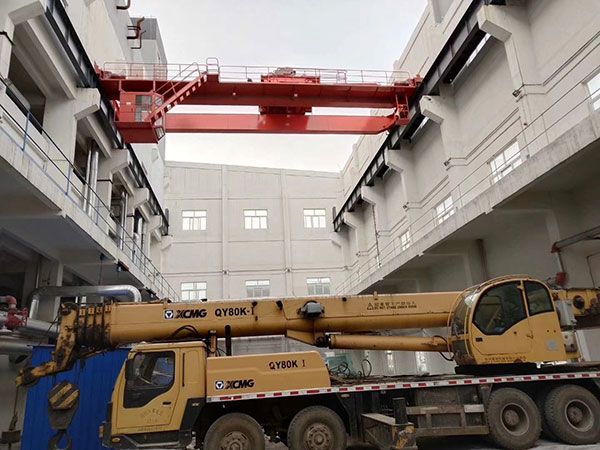


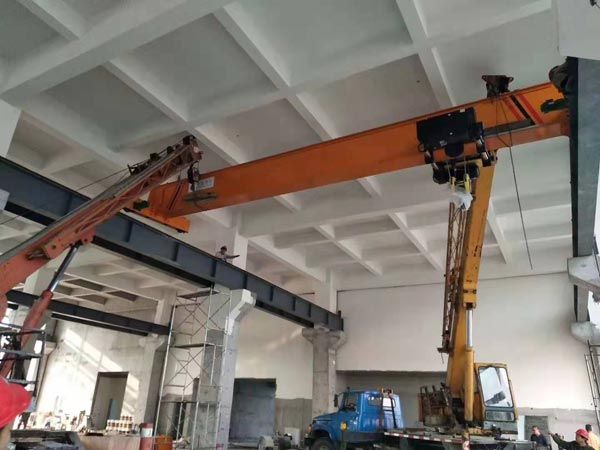
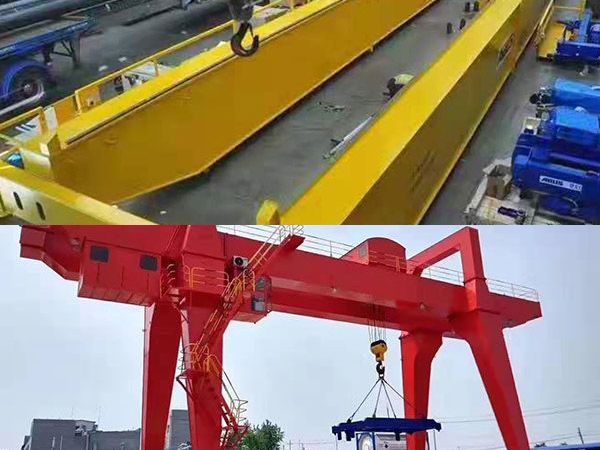
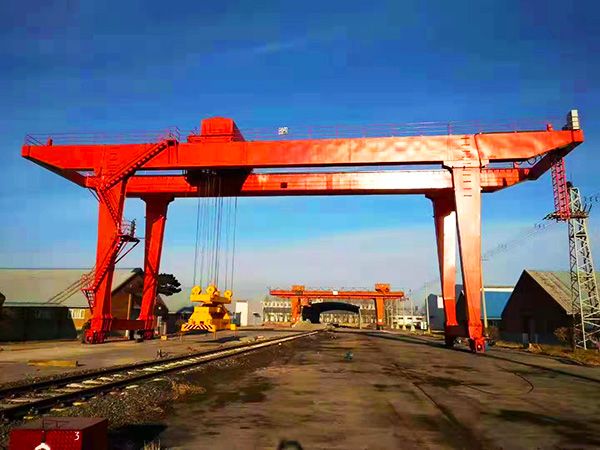
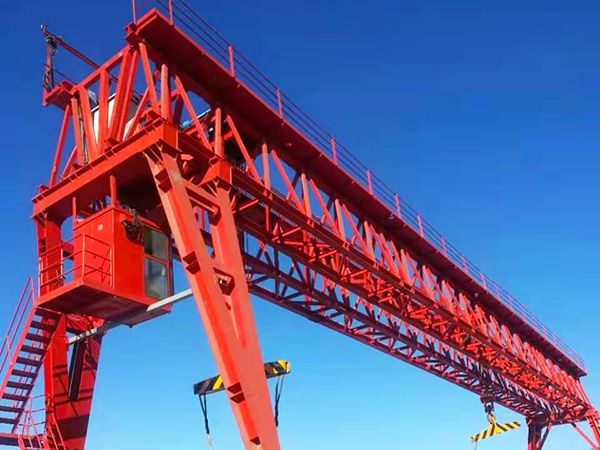
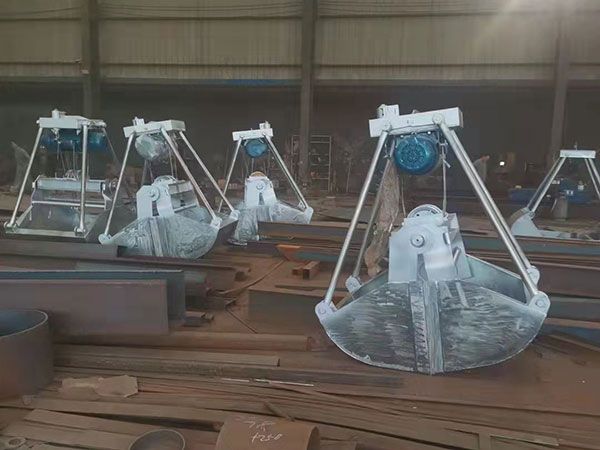












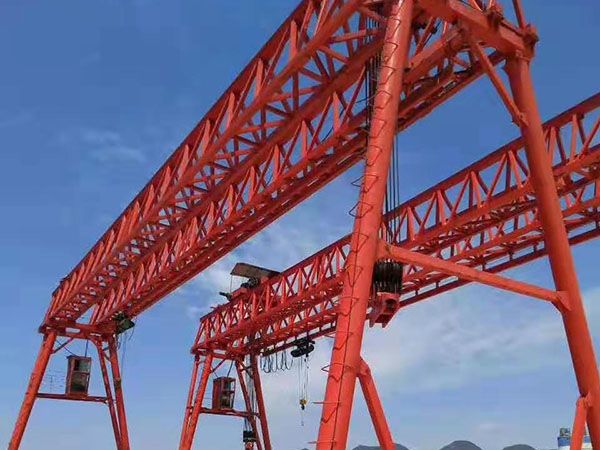



 Home
Home
 Tel
Tel
 Product
Product